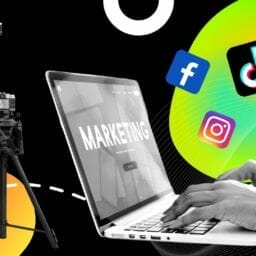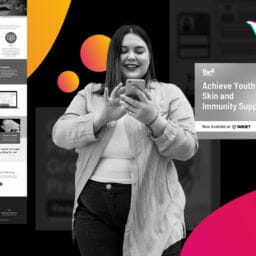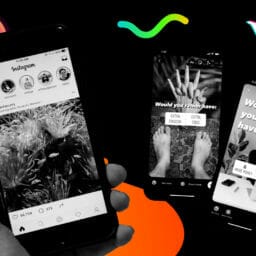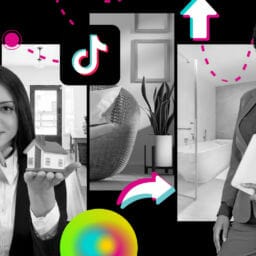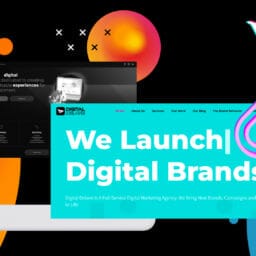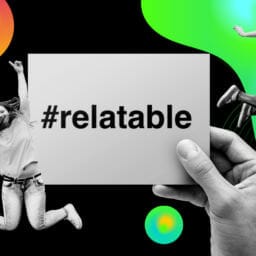What To look For in a Web Design Services Agency

Do you have website envy? Be honest – have you ever looked at another company’s website and felt a little jealous? We get it. As a CMO or business owner, you know your company’s online presence is everything today – but how do you build the website everyone wants to visit? By finding the ideal web design services company for your needs. Here are the most important considerations to keep in mind when choosing an agency to design or redesign your website:
How Will This Agency Help Position Us As a Thought Leader?
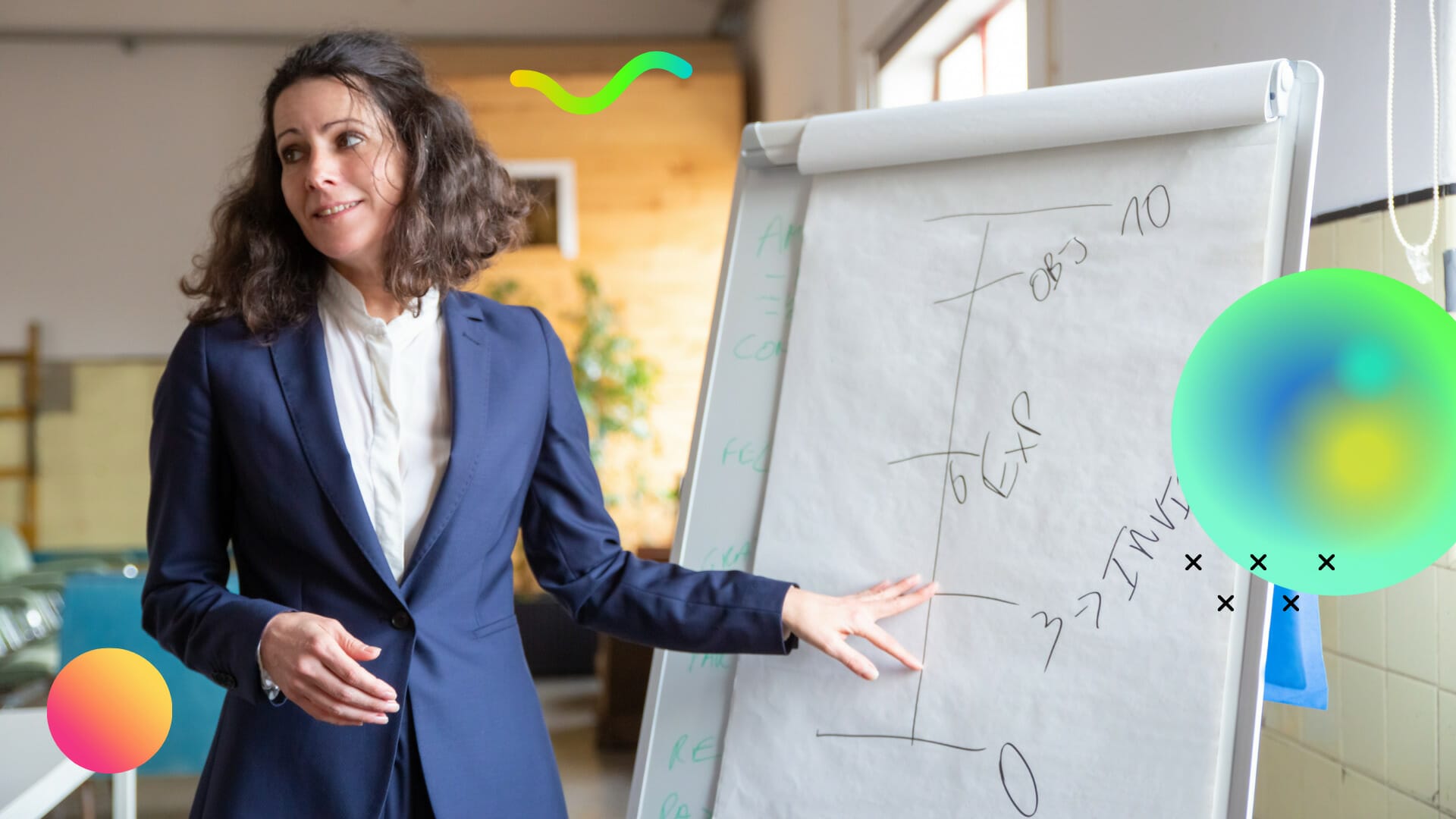

Thought leadership is increasingly important in a crowded digital world. By allowing you to reach your target market not just with another answer to common questions, but the best or most comprehensive answer, thought leadership makes your company indispensable to your audience.
How does your website help with this process? The SEO component of web design is easy to overlook, but crucial to promoting your thought leadership content. Your audience members have to find your answer to their question before they can appreciate that it’s the best one. Ask potential web design agencies how they will use SEO to help push your thought leadership content further up on the search engine response page (SERP).
Thought leadership can also be conveyed through multiple channels. You’ll want a visually appealing website that can incorporate videos from YouTube, TikTok, or other platforms, podcasts, blog posts, GIFs, and other content to support your thought leadership position. Your web designer will need to ensure all these types of content run smoothly on mobile and laptops for your on-the-go audience. Ask how the potential design team will address these concerns.
Responsive Web Design and Your Company
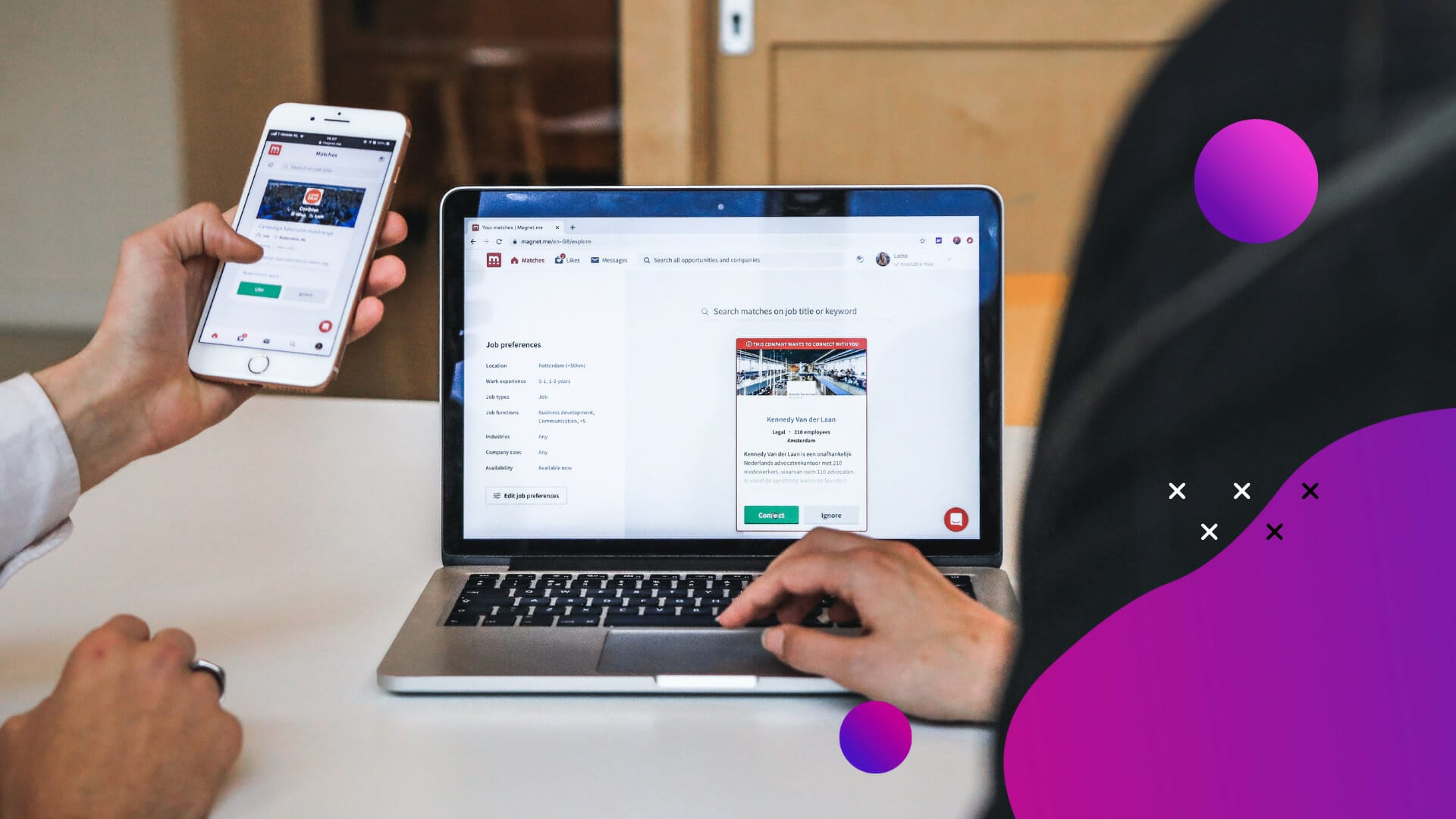

This leads us to the next thing you should look for when browsing a potential web design company’s portfolio: Responsive web design. “Responsive” means that the website and its content should adapt to the user’s experience, including the device they’re using. But this goes beyond just converting to a vertical format easily (although that’s definitely important). Think about these questions as you view other sites a candidate company has built:
- Does the website respond well to different user settings? You may want to view the same site on several different devices to get the most complete data.
- Does the site run into problems if the reader is using a VPN?
- Does the site seem to intuitively know and respond to how the viewer interacts with the site? Can it anticipate what you’re looking for and help you find it?
- Are the layouts flexible to avoid breakage and difficulties with images?
- Do images appear to be sized correctly for the layout they’re in?
- Does the website seem to make smart choices about showing and hiding content?
If you generally like the designer’s work but have concerns about one of these topics, you don’t necessarily need to strike the company from your list. You could instead inquire about their design decisions on this particular site, or ask about other options if you prefer a different style choice.
Boost Your Business with New AI Trends – Get a Free Strategy Session Today
A Deeper Dive Into SEO and Web Design
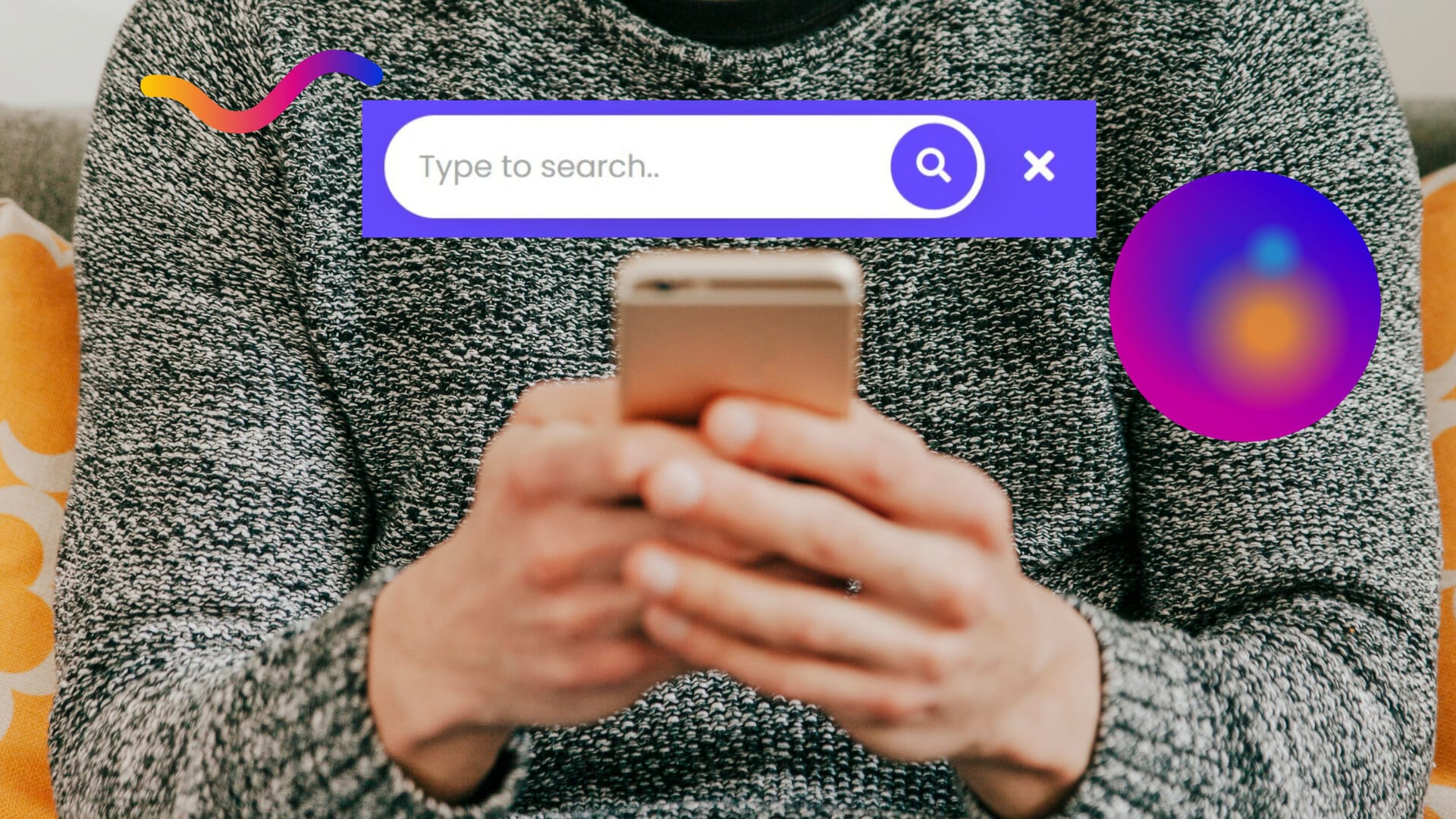

Often people think that SEO is all about keywords, and those are definitely key (see what we did there?). But successful SEO also relies on strong scores for dwell time, mobile usability, and bounce rate. Some basic definitions:
- Dwell time is the length of time a visitor spends “dwelling” or browsing the site before they leave.
- Mobile usability is how well a site performs on mobile (this ties into responsiveness, as discussed earlier).
- Bounce rate is the number of people who click on a page when it appears in search results, then almost immediately click back to the search page.
Dwell time and bounce rate are easy to confuse because they relate to the same thing – how long visitors spend on your site- but they are different concepts. Bounce rate is specifically about visitors who spend almost no time on your site. A high bounce rate means your page was a bad match for whatever their search query was. A longer dwell time is a good thing, but most people who dwell stay longer than the “bouncers” because the site is at least a reasonably good fit for their needs.
Think Long-Term: Maintenance Costs


Chief marketing officers spend a lot of time thinking about costs versus benefits, and website design and maintenance are no exceptions. Maintenance costs are highly variable and depend on what you’re doing with the site. A more basic design with fewer pages and less content will generally be less expensive to maintain than a heavy website that requires a large amount of server space. Online stores, for example, will usually need more maintenance than an informative site that funnels potential customers elsewhere.
Another factor in maintenance costs is how well-planned the site was originally. Sometimes companies run into more maintenance costs because of decisions made during the design process, and this isn’t necessarily the company’s fault. If the web designer does a poor job of recommending options for your needs or pointing out potential difficulties, they may also be contributing to future maintenance costs. For this reason, we encourage you to ask potential designers about their planning process, how they allocate resources to benefit the client, and what they recommend if a client wants a resource-intensive option when another option might work better and need less maintenance.
Increasing Leads and Traffic
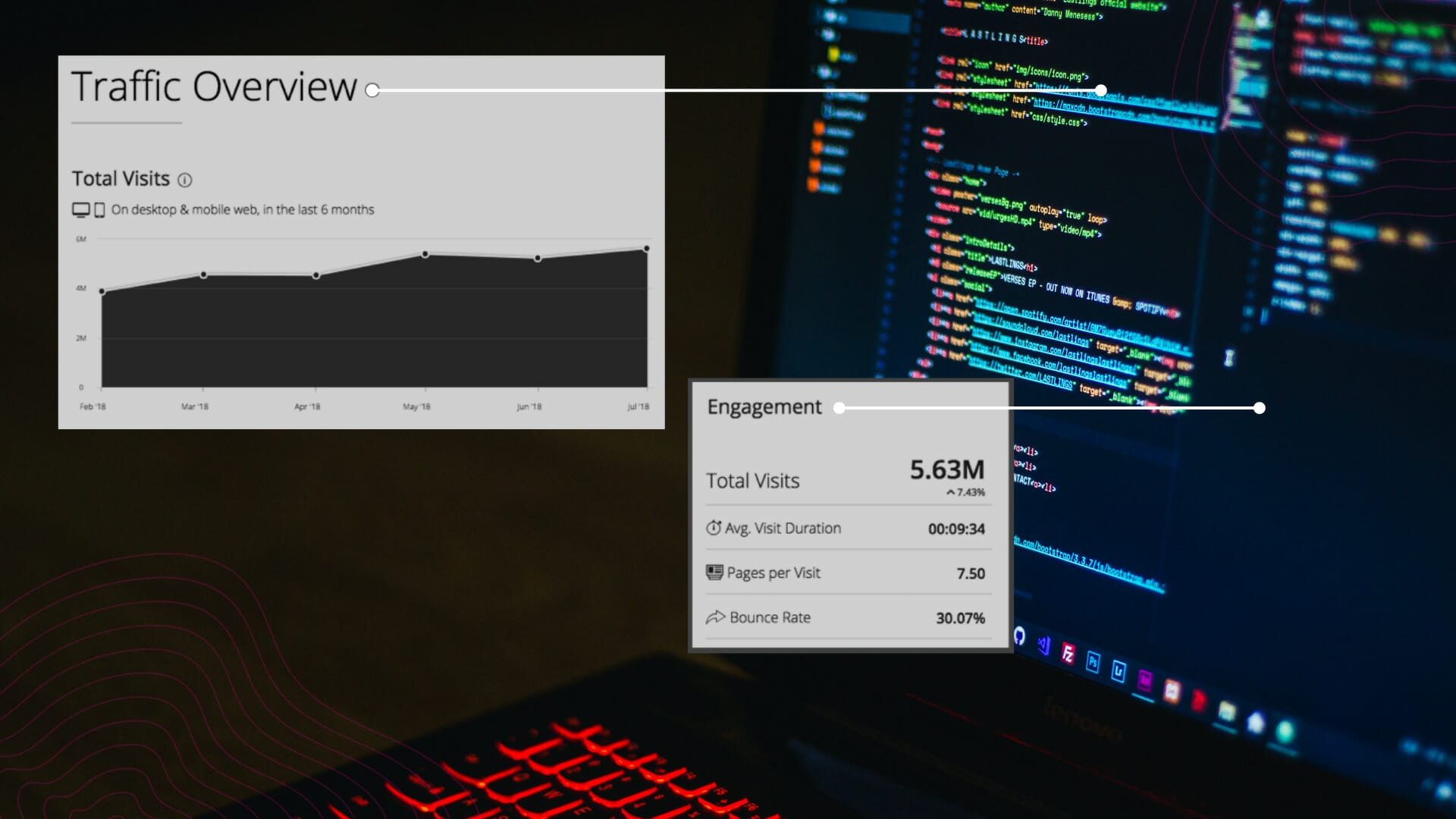

This is most likely one of your primary goals for your new business website. A solid design will help improve leads and traffic in multiple ways:
- It helps you stand out from the competition. Occupying a unique space in the target consumer’s mind becomes both more important and more challenging every day. Every competitive business big or small has a website – what makes yours unique? Often it’s design choices. Your designer should be willing to spend time checking out the competition and finding you a competitive advantage. This may mean adding a feature consumers wish the other websites had, making your pages appear more welcoming than others, or selecting a bold color palette that differs from the competition.
- Establishing trust with potential customers. Nothing turns a buyer off faster than a cheap, sketchy-looking website. Have you ever encountered a site that looked like it was thrown together yesterday using a free template from the hosting company? Did that inspire trust or did it make you think you’d spend an hour on the phone with your credit card company trying to reverse the charges? If it was the latter, you understand the importance of web design to trust-building. A site that hides contact info or makes it difficult for a potential customer to speak with a customer service representative may also discourage buyers.
- Setting up a good first impression. Many factors contribute to a strong first impression, but one of the best ways to picture it is this: Your visitor shouldn’t be thinking about how the site is put together when they first see it. They should be drawn into the design in a way that commands their attention. Their questions should be answered and they should simultaneously become interested in something else on the page. If your visitor is wondering why the site looks sloppy or is frustrated trying to find something, the good first impression is probably lost.
Talk with a Marketing Mastermind – Get Free Welcome Strategy for Your Business
Improving Conversions
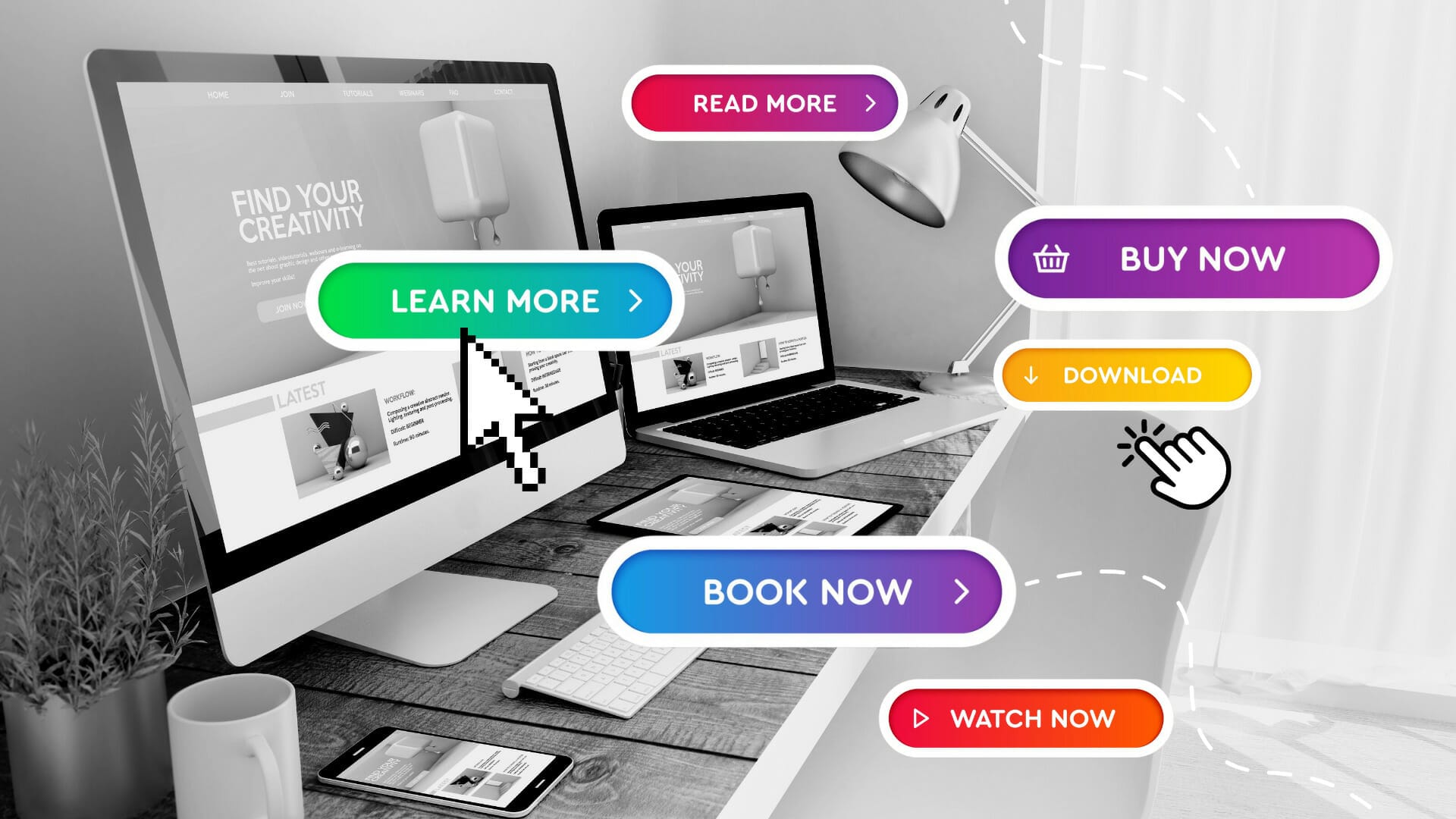

Once you’ve got leads and traffic, the next logical step is to convert them to customers. Your web design is a silent partner in the conversion process, gently nudging the lead further into the sales funnel. Here are examples of design choices to look for when considering an agency’s web design portfolio:
- An efficient use of negative space. If you’re like most people, you don’t think much about negative space, or the white space on a web page. It’s just there. But its presence can subtly improve or worsen a user’s experience. Negative space around a piece of content, like a video or photo, gives it “room to breathe.” It makes the content stand out more, drawing attention to it. Ideally, you want to see appropriate use of negative space, and avoid designers whose pages look cluttered or don’t set individual pieces of content apart.
- Sometimes simplicity is best. Another interesting benefit of more white space is that there’s less room for clutter or extra choices. Most consumers do better with fewer options – too many choices are overwhelming and they may decide to put off their decision until they have more time. Unfortunately, that may mean that they never come back. Presenting a few clear, easy-to-understand choices is the best path to conversion.
- The Rule of Thirds. This is a visual design principle in which you imagine the screen image is divided into thirds both horizontally and vertically, leaving you with nine equal squares. Visitors’ eyes are attracted to the intersections of these squares, and it’s recommended that you place important content in these areas. Of course, some of your important content should be informative and helpful to the consumer, but placing your call-to-action (CTA) there is also essential.
- Get to your point. On the subject of CTAs, the design should make these stand out, and also keep them clear and concise. Look for example pages where it’s crystal clear what the site owner wants you to do and how – bright colors and phrases like “click here,” are leading the patron down further into the funnel.
- The human face. Hey, we get it – you put so much effort into designing the perfect product, and now you want to show it off – with lots of high-resolution photos. That’s great! But occasionally using a human face helps visitors connect with your brand and products and feel more comfortable. The face can also lead the eye where you want it to look – such as right at your CTA.
Boost Your Brand Reputation
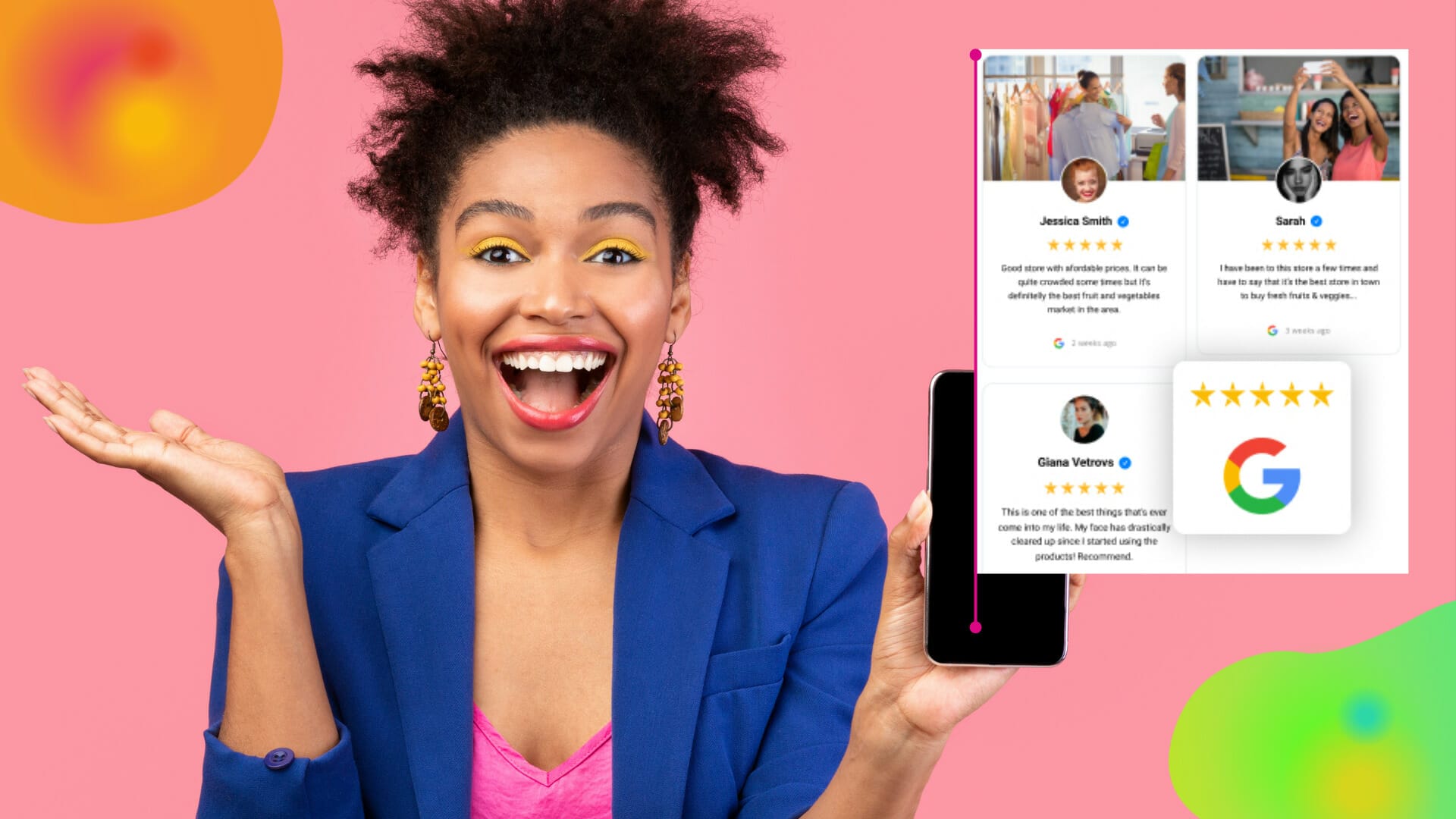

Having a highly responsive, skillfully designed site helps cement in the user’s mind that your brand stands for quality. The better your site looks and works, the more favorable the impression a consumer will have. Your site content may also become connected with a positive image of the brand.
Content Production
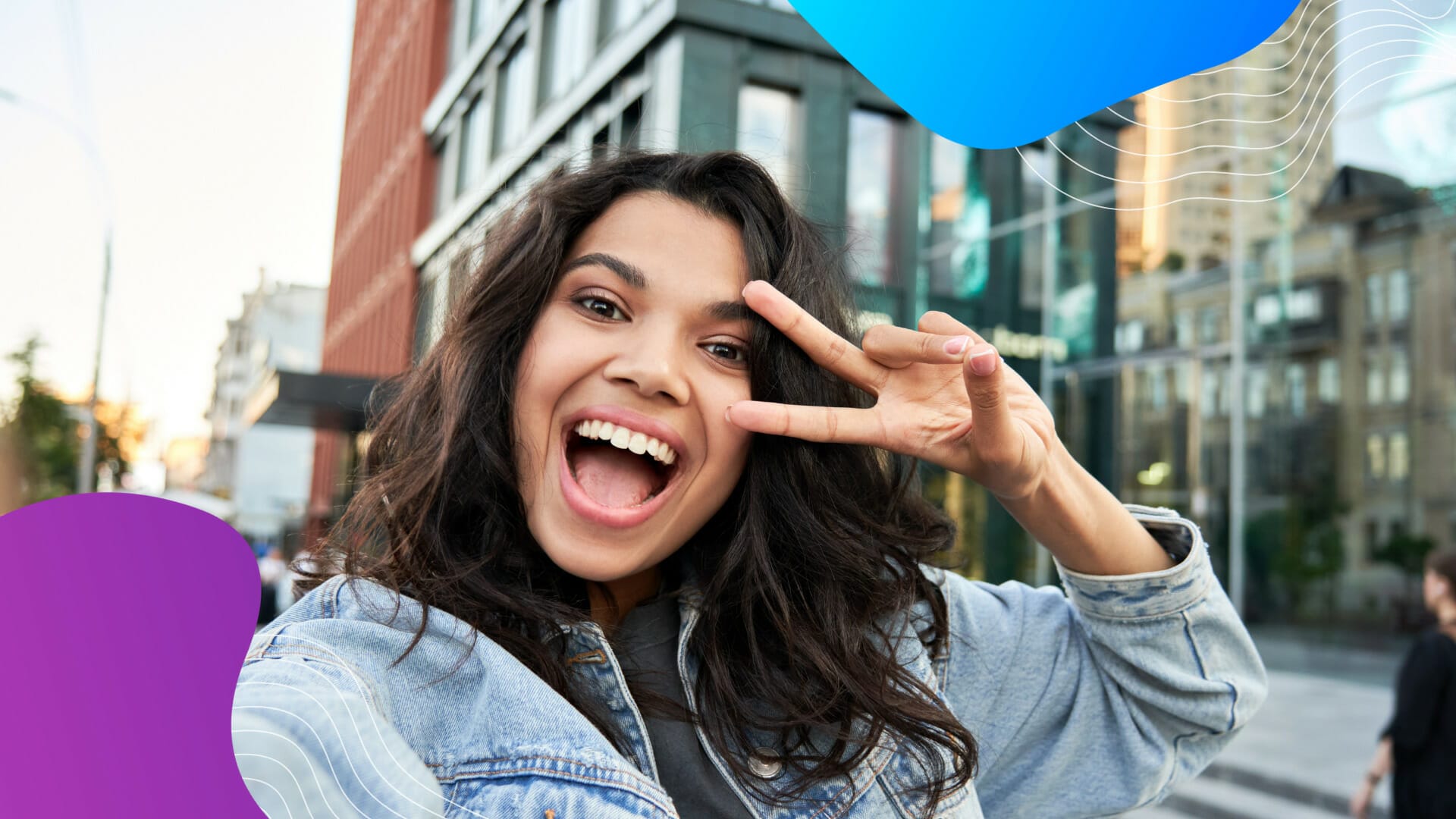

Although most clients provide at least some of their own existing content for the website, it’s often true that much more is needed. Ideally, your web design company should be able to do two important tasks:
- Identify when you need more content and what kind.
- Either produce it on their own or recommend a way for you to acquire it.
Ask the potential designers their process for determining what content is needed, making recommendations to clients, and/or producing the content themselves. Do they have dedicated team members for copywriting, photography, video editing, etc? Or do they have solid relationships with companies or individuals who are skilled at this type of work?
This is also an opportunity to find out if the potential designer will be honest with you. Because good content is so crucial, you need someone who will tell you if something isn’t ideal. You might ask the designer if they’ve ever had a client who wanted to use existing content that wasn’t in line with the agency’s standards. How did they handle the situation? Did they present alternatives and explain why these might be a better fit? You’ll want to avoid anyone who didn’t at least try to convince the client to improve their content strategy.
Graphics and Logo Design
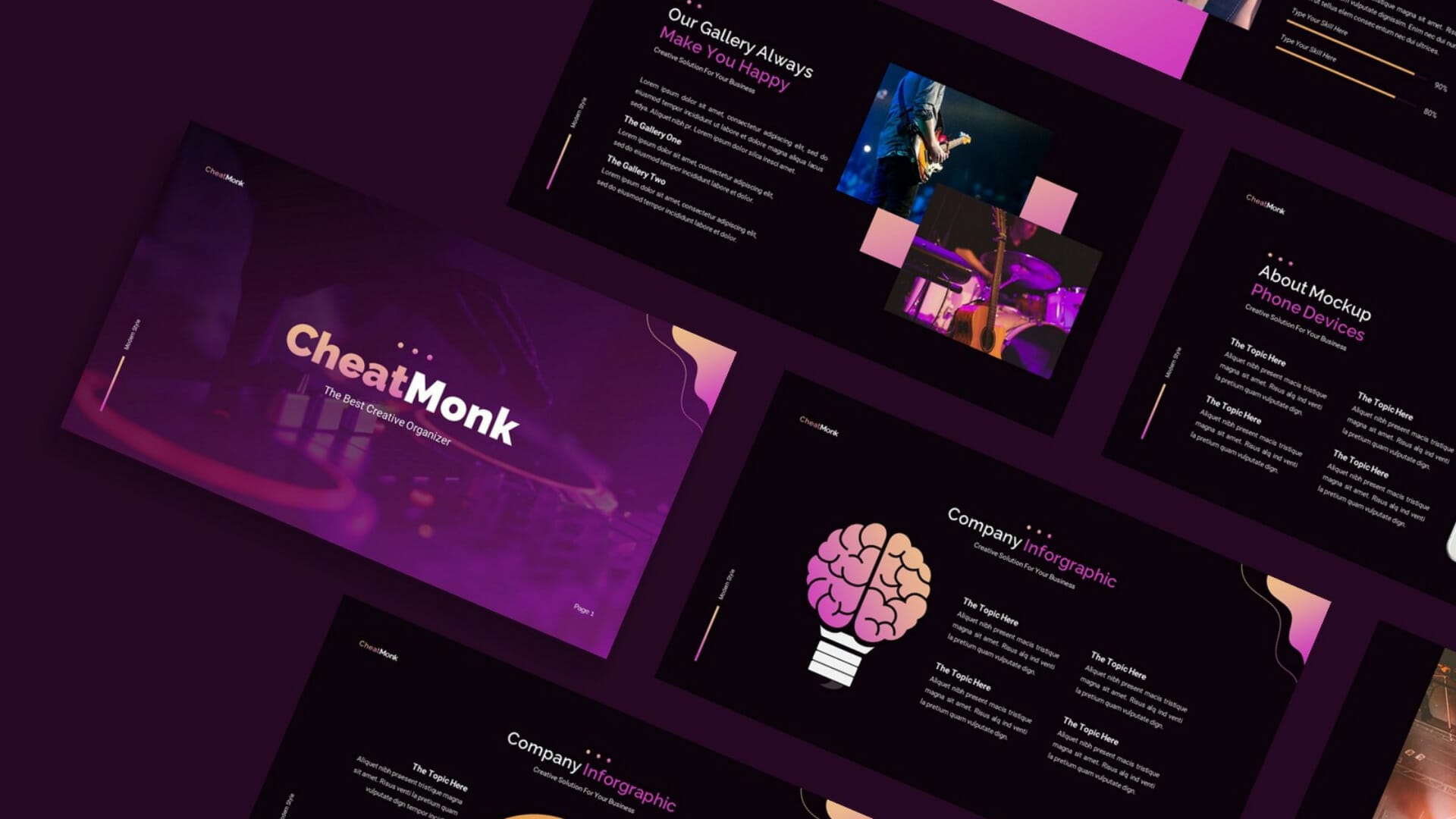

This is another situation where you may already have a logo and other graphics you want to use. At this point, it’s a good idea to ask the designer’s opinion – should you go with these, or do they see a reason for a redesign? If so, what is it?
Video Production


If there isn’t much video on your current website, there probably should be. The internet increasingly revolves around videos, and there is a lot of potential for cross-posting and retooling content from each video. Ask a potential designer how they would incorporate video into your site.
ADA Compliance
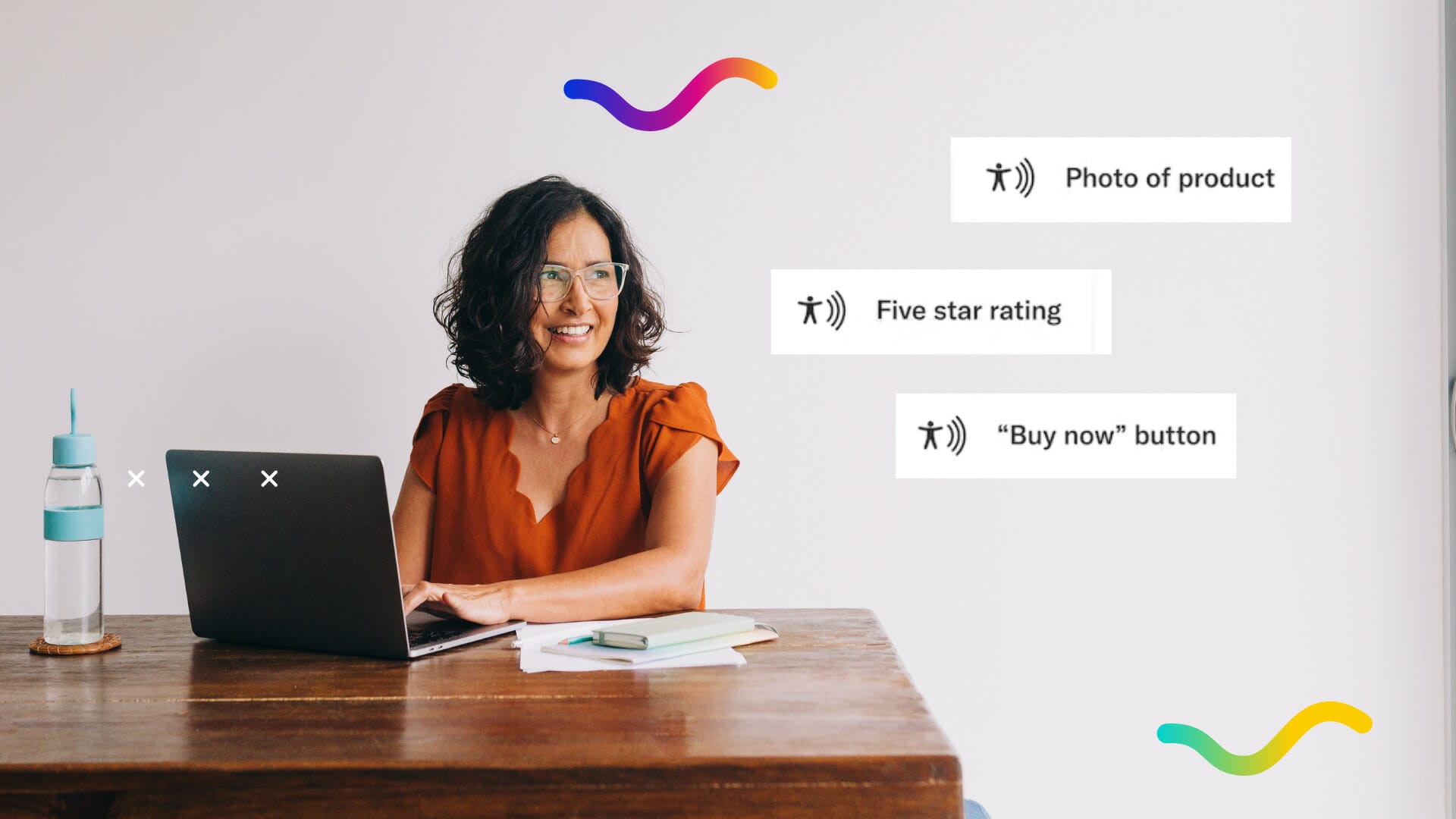

Check the sites in the agency’s design portfolio to see how well they do with accommodations for people who use screen readers, subtitles, and other aids to interact with the site. If you notice potential issues, ask how these can be avoided on your website to be more inclusive.
We hope you’ve enjoyed our guide to choosing a web design services agency. If you have questions or concerns about web design, contact Digital Delane any time for a consultation about your website needs.


